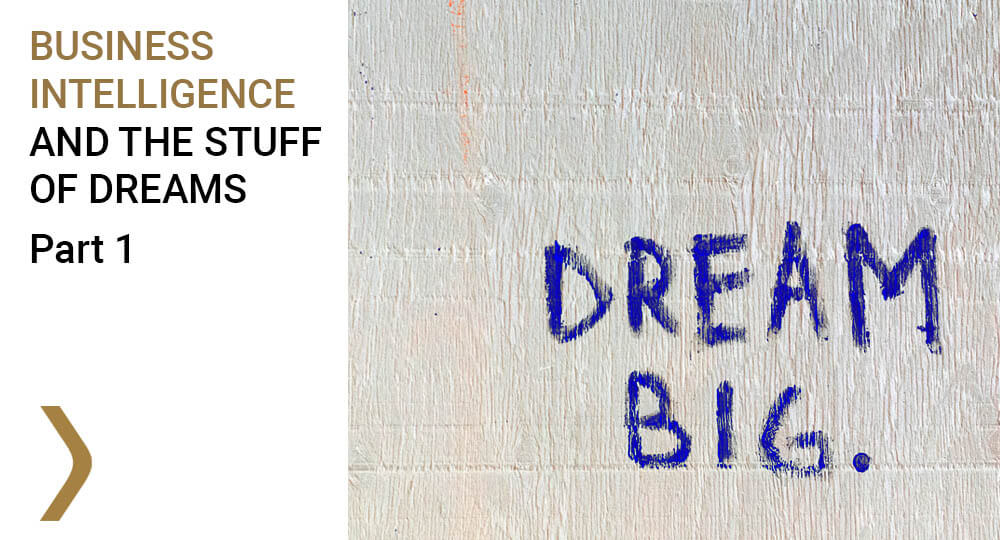Business Intelligence, Data Science, Big Data, Analytics: decades have passed since we first added these words to our day-to-day vocabulary. In fact, I have been talking about these subjects, implementing them, and sometimes just dreaming about their, hypothetically, endless possibilities, since 1995. I will never forget a seminar I visited in the late 90’s, by one of the Netherlands’ most well-known speakers about data solutions. He talked about things that would hypothetically be possible in BI, but would require such a truck load of hardware power that we could only dream about solutions like that.
The stuff of dreams
Well, guess what? Compute power is not something we really have to worry about anymore, consequently making a lot of those earlier dreams possible. During the years, compute power has influenced my field of expertise in many ways, as it has allowed us to do things we would have never dreamt of, and sometimes exactly the things that we did dream of.
To put things into perspective, 25 years ago I was creating dashboards and called it Business Intelligence (BI). We would investigate a model that represented one data source. We would report on what happened in the last week, month, year. Now, in 2020, many data sources come together in one dashboard and we can combine information from multiple models at the same time.
Powerful tool
One of my favorite tools for this is TIBCO Spotfire: one of the most powerful environments to build your dashboards with. Spotfire doesn’t care about the volume of data you want to turn into information. It will work for you, regardless. At its core is what it’s most known for: presenting information in a graphical way. But once you get to know it better, you’ll find out that Spotfire can do so much more. It enables you to start your research based on the graphs you get presented, by drilling into the data, by asking questions, by pivoting.
Spotfire will give you basic statistical tooling to do things like a multiple regression on your data, or when necessary, let you execute your own R or Python scripts on the data you have loaded. It will let you connect to virtually any data source, from an Excel sheet to a Hadoop cluster, from a database on premises to any data in the cloud, from data at rest to streaming data.
From dreams to reality
Of course, other tools out there can do the same thing. Even though, in my experience, there is always a ‘but’. Some cannot cope with large amounts of data, some cannot load Excel files (really), some do not have the statistical components. But, basically, they will all do the trick to some extent. Also, this is important to remember, they all look back. They use historical data, and depending on what you want to do with – or get from – your data, this can be a serious limitation.
That’s where the juicy part comes in. Because Spotfire is more than just ‘a BI environment’: it integrates into the TIBCO Suite of products. And this suite forms exactly the combination that will bring us to the future that I was dreaming about back in 1995.
In my next blog I will introduce you to the additional TIBCO components. Because if you want to, working with the suite is like playing with Transformers. You can play with them separately, but you can also seamlessly click them together and do even cooler stuff.
Are you curious about what treasures TIBCO Spotfire can unlock for your company? Please don’t hesitate to reach out to us. We’d love to introduce you to this wonderful tool.




